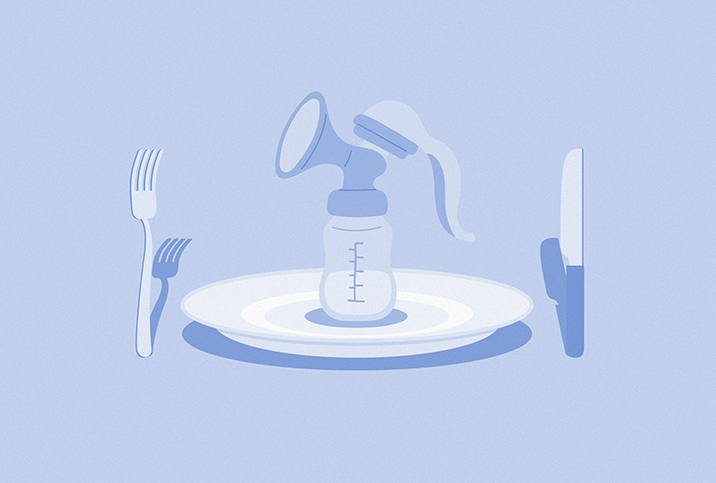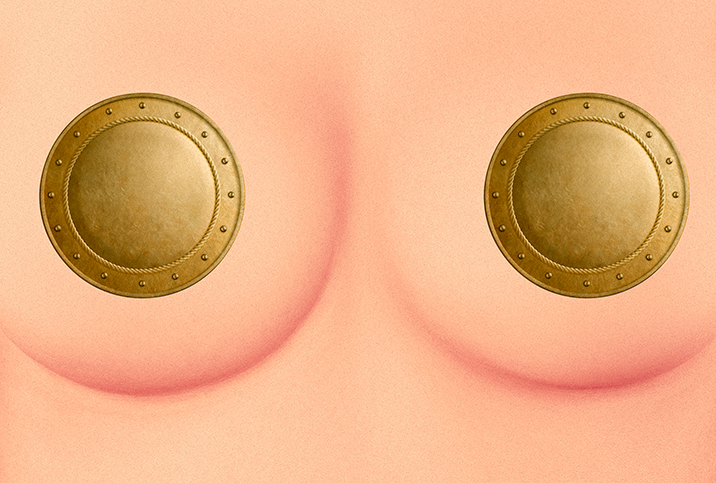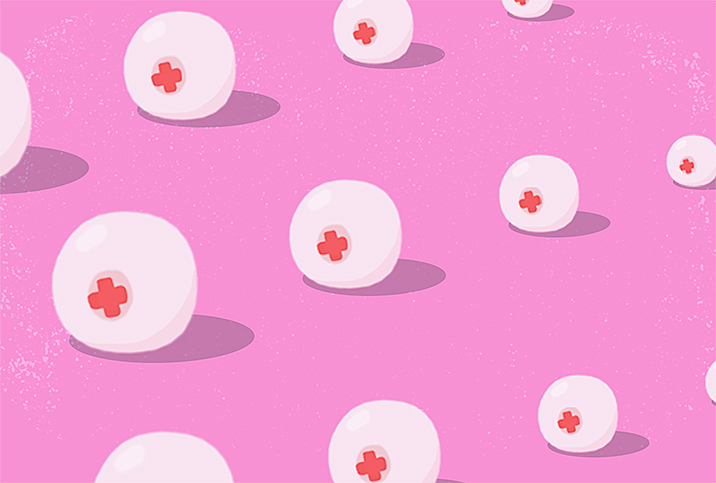Tips for Breastfeeding a Teething Baby

Right after birth is the period when parents receive the most advice about breastfeeding, but after the newborn phase, this help sometimes fades away. However, the challenges of breastfeeding can evolve over time, especially once the baby's teeth start to come in.
Babies rely solely on milk for the first six months, then their teeth start to come through and they are gradually introduced to solid foods. However, even when the weaning process starts, they still get most of their nourishment from milk until they are 12 months old.
Why breastfeeding matters
The World Health Organization (WHO) recommends breastfeeding for up to two years and beyond. Sometimes this is known as full-term, extended or long-term breastfeeding.
The most recent breastfeeding guidance from the American Academy of Pediatrics (AAP) states that "there are continued benefits from breastfeeding beyond one year, and up to two years."
The AAP also notes that long-term breastfeeding can provide protection for the mother against the following conditions:
- Diabetes
- High blood pressure
- Breast cancer
- Ovarian cancer
Sixty percent of mothers in the United States do not breastfeed for as long as they intend to, according to the Centers for Disease Control and Prevention (CDC). Only an estimated 35.9 percent of mothers breastfeed for one full year, due to issues with lactation and latching, concerns about the baby's weight, unsupportive work practices and lack of healthcare support, among other factors.
"Antibodies and other immune cells and proteins in breast milk, like white blood cells and lactoferrin, continue to protect [babies] from bacterial and viral infections," said Jessica Madden, M.D., who is an international board-certified lactation consultant, a board-certified pediatrician and a neonatologist in Cleveland and the medical director at Aeroflow Breastpumps.
She added that the prebiotics and probiotics in breast milk can help create healthy microbiomes within the baby's digestive system.
Protecting nipples against teeth
Breastfeeding a teething baby can be a juggling act for parents. Balancing solid foods with milk and soothing your baby through the painful teething process can be overwhelming.
Teething is a process that can start as early as four months, but many children begin around six months. Signs your baby is teething include sore gums, mild temperature, rashes on cheeks, dribbling, chewing on things and sleep that is interrupted more than usual, according to the National Health Service (NHS) in the United Kingdom.
Nichole Salisbury, R.N., an international board-certified lactation consultant at Broward Health Lactation Center in Coral Springs, Florida, said teething should not impede breastfeeding unless there are problems with latching.
"Breastfeeding may continue uninterrupted and often soothes a fussy, teething baby," she said.
Madden recommended giving babies something to gnaw on to ensure the mother's nipples do not become teething objects.
As a parent who is currently breastfeeding an 11-month-old boy with four teeth, I keep a teether or pacifier on hand during feedings if he bites slightly or loses the latch due to being distracted by pain. I stop and let him bite on something if his gums are sore, and then I resume feeding. Once he turned 6 months old, I let him sip on a small cup of cold water if he showed signs of discomfort. I've found this soothes him temporarily and we can continue.
Salisbury believes biting can happen as a result of a change to the position of the latch or milk flow. She said a baby sometimes shows amusement at a mother's reaction to biting and they may smile or laugh.
"It's not that they mean to hurt the mother, they simply observe an entertaining behavior and attempt to repeat it," she stressed.
If this occurs, Salisbury advised being nonreactive and saying, "No," in a calm tone.
Madden agreed that if a baby starts to bite, then it's important to unlatch and remove them from the breast. She recommended doing this by putting your finger in the corner of their mouth to break the latch and avoid nipple pulling. This helps teach them not to bite in the future.
Treating nipple soreness and trauma
One of the bigger issues parents may face while feeding an infant with teeth is nipple soreness or trauma, which can sometimes lead to mastitis. Salisbury advised parents to ensure a correct latch for the duration of their breastfeeding time. If any concerns do occur, then seek help from a certified lactation consultant.
"Prevention is key," Salisbury said.
If abrasions or breaks in the skin do appear on the nipple, Madden said immediate at-home treatment is vital. These are her tips to prevent a breast infection from developing:
- Keep breasts in the open air as much as possible.
- Do warm saltwater soaks multiple times per day.
- Apply sterile silver cups on the nipples to encourage breast healing.
- Apply medical-grade manuka honey.
- Feed your baby from the other breast and pump milk if necessary.
In terms of the psychological impact of long-term breastfeeding, Salisbury has good news for parents: "Breastfeeding often gets easier and less demanding with time."
As infants age and have more foods added to their diet, they breastfeed less frequently, she added. This trend can help take the pressure off exhausted parents.
Madden stressed that breastfeeding is a job that requires hours of effort, so household chores and labor need to be divided between a couple or family members if possible. She also has positive news that many babies start to sleep for six-hour stretches once they are 8 to 9 months old, which can provide the much-needed rest required by women who are breastfeeding.
"It's amazing what a few hours of uninterrupted sleep will do for a new parent," Salisbury said.


















